West Gymnasium (1925)
Following World War I, the Iowa State Teachers College (now the University of Northern Iowa) made a special effort to attract men to the teaching profession. A part of this effort was the expansion of the physical education curriculum to include a broad range of courses that would prepare men for physical education and coaching specialties. College officials decided that a new gymnasium, devoted solely to men's physical education and intercollegiate athletics, could be the centerpiece of this recruiting effort. Until that time, both men and women used what is now called the Innovative Teaching and Technology Center. The College Eye, the student newspaper, echoed this view in a November 1919 editorial. The writer of the editorial stated that a new gymnasium was a priority on equal footing with the need for better student housing and a modern steam plant.
During that same period, the college had been attempting to expand its facilities by acquiring an additional forty acres of land just west of the original forty-acre campus. The additional forty-acre tract eventually acquired by the college was bounded by 23rd Street on the north, Hudson Road on the west, 27th Street on the south, and Campus Street, which then ran through campus, on the east. In April 1924 President Seerley urged the Board of Education to build a new men's gymnasium on this land as soon as possible. The Board heeded Seerley's advice and commissioned State Architect W. F. Proudfoot to draw up plans. The Board awarded construction contracts for the new building in November 1924. The Breckner Construction Company of Minneapolis was the general contractor. The target completion date was August 1, 1925. By early February 1925 the College Eye reported that construction materials, including 4500 bags of cement and 850,000 bricks were at the site. By April 1925 the foundation was complete. By August 1925 the exterior was substantially complete, but interior work still needed to be done.

The 175 X 205 foot building, with a project budget of about $180,000, would include a swimming pool, a large gymnasium (with seating for three thousand spectators in permanent seats and more in movable bleachers), recreation areas, classrooms, and offices. Fully equipped, the building would eventually cost about $250,000. In late October, students were looking forward to the completion of the new gymnasium. A writer in the College Eye eagerly anticipated the new facilities: "No longer will we have to jam our clothes into an overstuffed locker. No more will basketball fans have to stand on their tip-toes and crane their necks to watch a game."
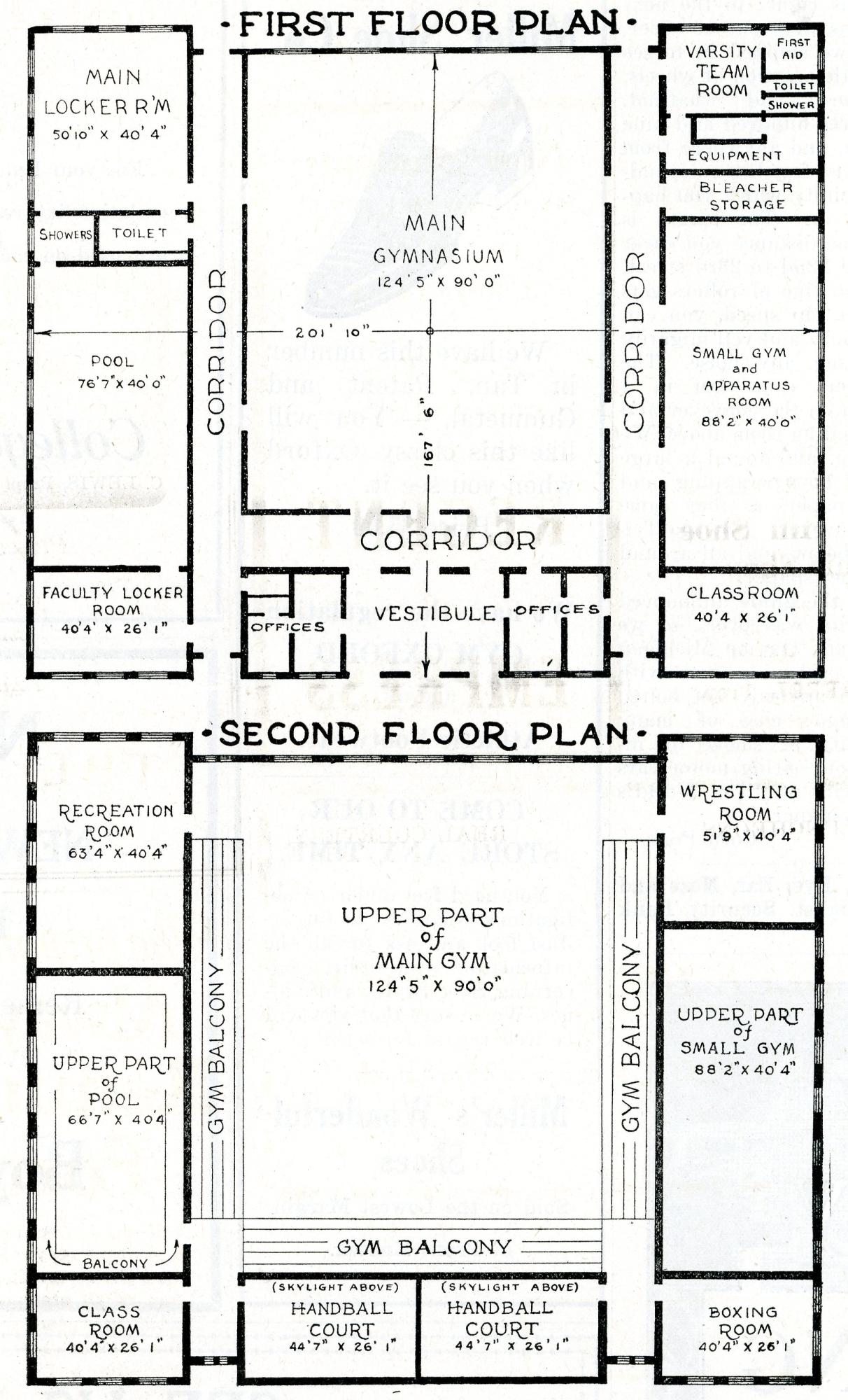
The building opened on November 28, 1925, with a variety of activities. First, there was a turkey dinner for the football team. The banquet included the visiting team from Colorado State Teachers College as guests. President Seerley and Professor Cable made short addresses before everyone went over to the new gymnasium. There the College Band played several selections followed by wrestling and boxing matches, fraternity stunts, and a volleyball game. The formal dedication was held on December 14, 1925, with music and a demonstration basketball game.
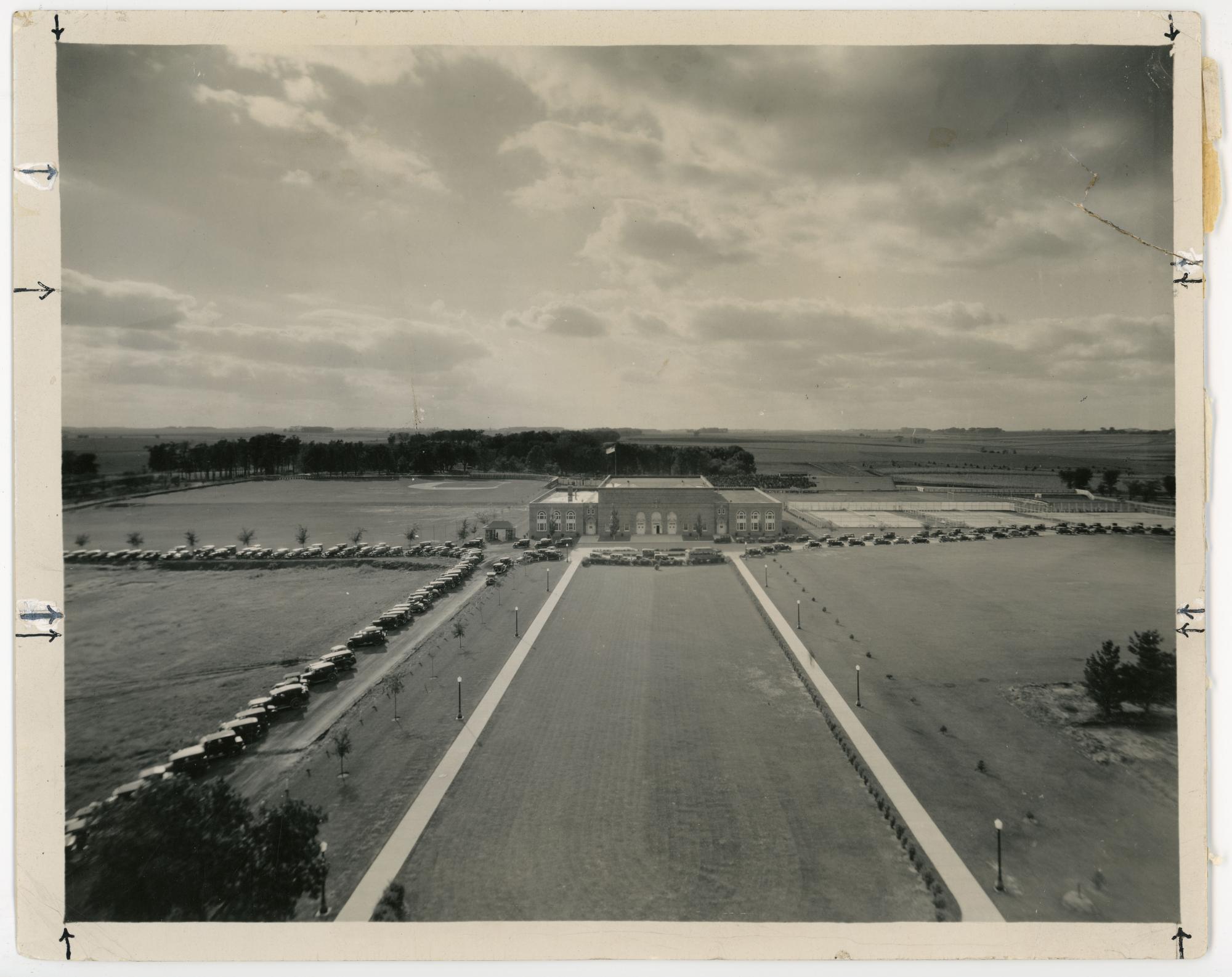
The new gymnasium was home to all sorts of physical education classes, intercollegiate athletics contests, and sports exhibitions, including state high school basketball tournaments. College officials and students believed that events such as these tournaments held substantial value as recruiting tools. Beginning in 1931, men paid a $1 per term fee for towel and locker service at the gymnasium.

But it was also home to musical performances, dances, and college assemblies. It was used so heavily that the gymnasium floor needed refinishing already by November 1929. On September 13, 1930, a "T. C. men's room" opened on the second floor of the south side of the building. This nicely furnished room, with a fireplace, was "dedicated to recreation and relaxation" of all the men of the college.
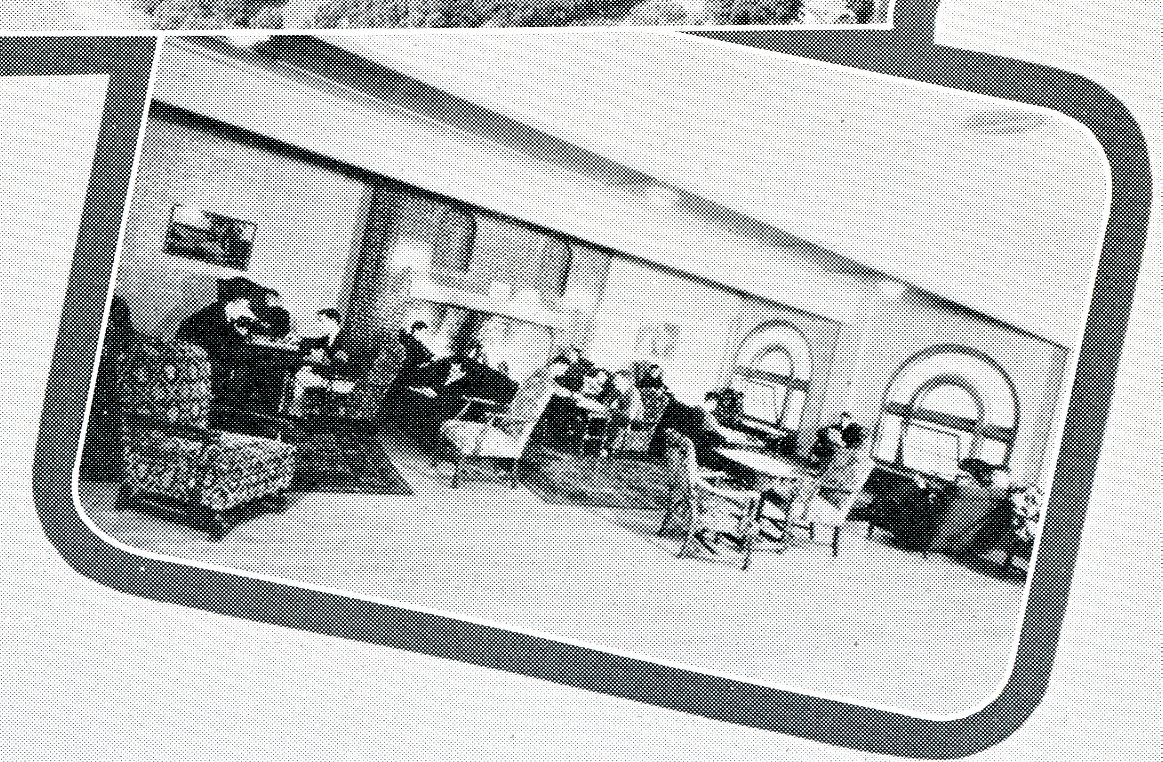
The facilities continued to be used heavily, and certain maintenance problems arose, possibly due to the high humidity levels caused by the swimming pool. Already in 1934 the window frames needed to be replaced. And in 1938 a College Eye sports columnist voiced the strong opinion that lighting over the gymnasium floor was inadequate. Slight improvements in lighting, especially for wrestling matches, followed soon. Substantial improvement did not appear until 1948. Glass backboards were installed for the 1949-1950 basketball season.

In fall 1946, with the heavy enrollment of men returning from World War II, three rooms on the second level of the Men's Gymnasium, were converted into dormitory space for thirty-eight men. While the new arrangement certainly lacked some of the comforts of regular dormitory facilities, most men were happy to find on-campus housing. This arrangement lasted for only the 1946-1947 school year.
In the mid-1960s, the college undertook a series of steps to improve the Men's Gymnasium as a site for performances and assemblies. As enrollment grew and the popularity of programs such as the Controversial Speakers series increased, the inadequacy of Lang Hall facilities became more and more apparent. Included in these improvements were an upgraded sound system and enhanced acoustics. But even these improvements in the Men's Gymnasium could not meet the basic problem of limited capacity. Consequently, during the 1967-1968 basketball season, the university scheduled three games at McElroy Auditorium in Waterloo to accommodate larger crowds.
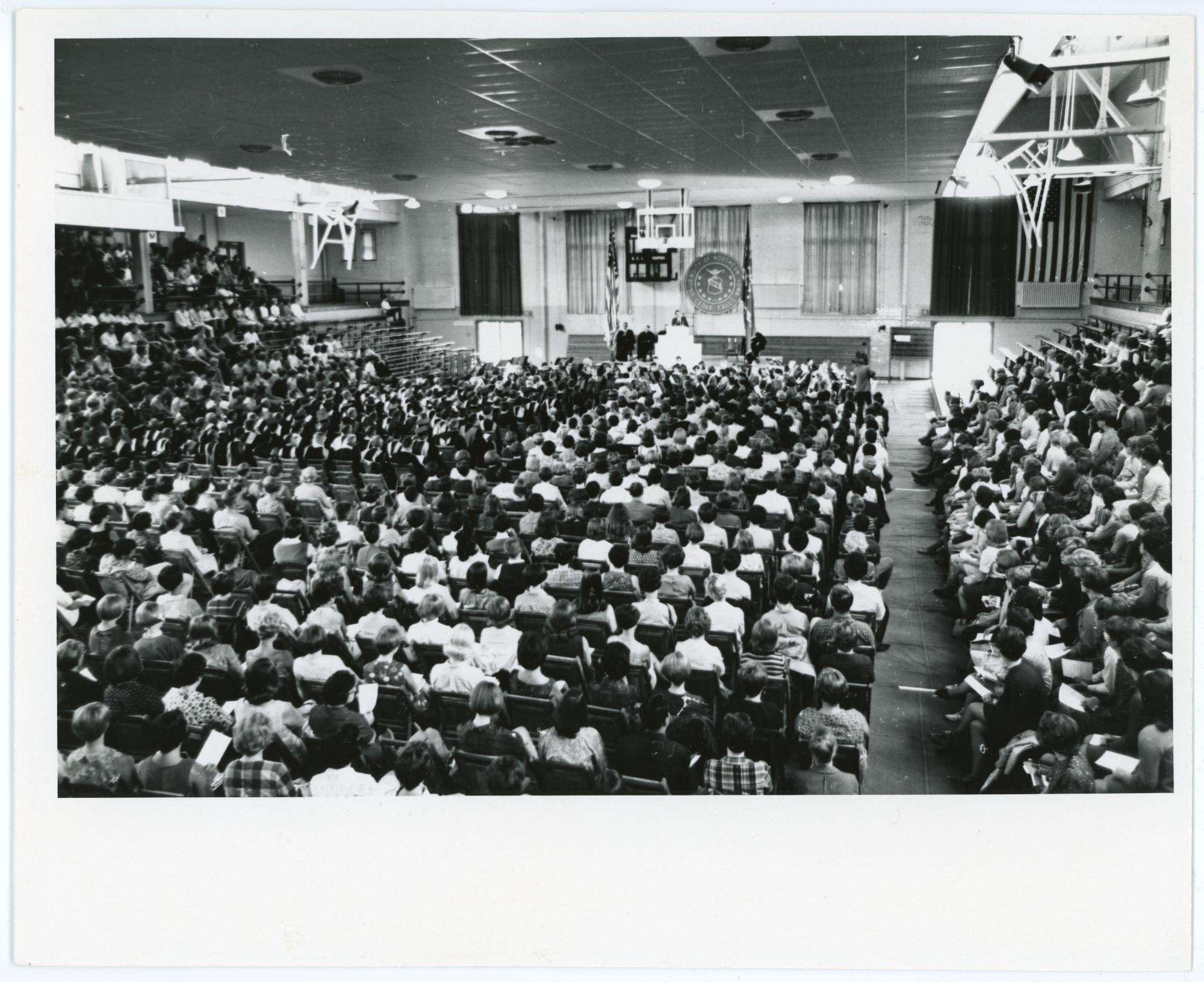
In the late 1970s, the Men's Gymnasium began to undergo a series of exterior renovations including roofing, tuckpointing, and window repair. The building underwent a thorough program of tuckpointing and brick replacement in 1992.
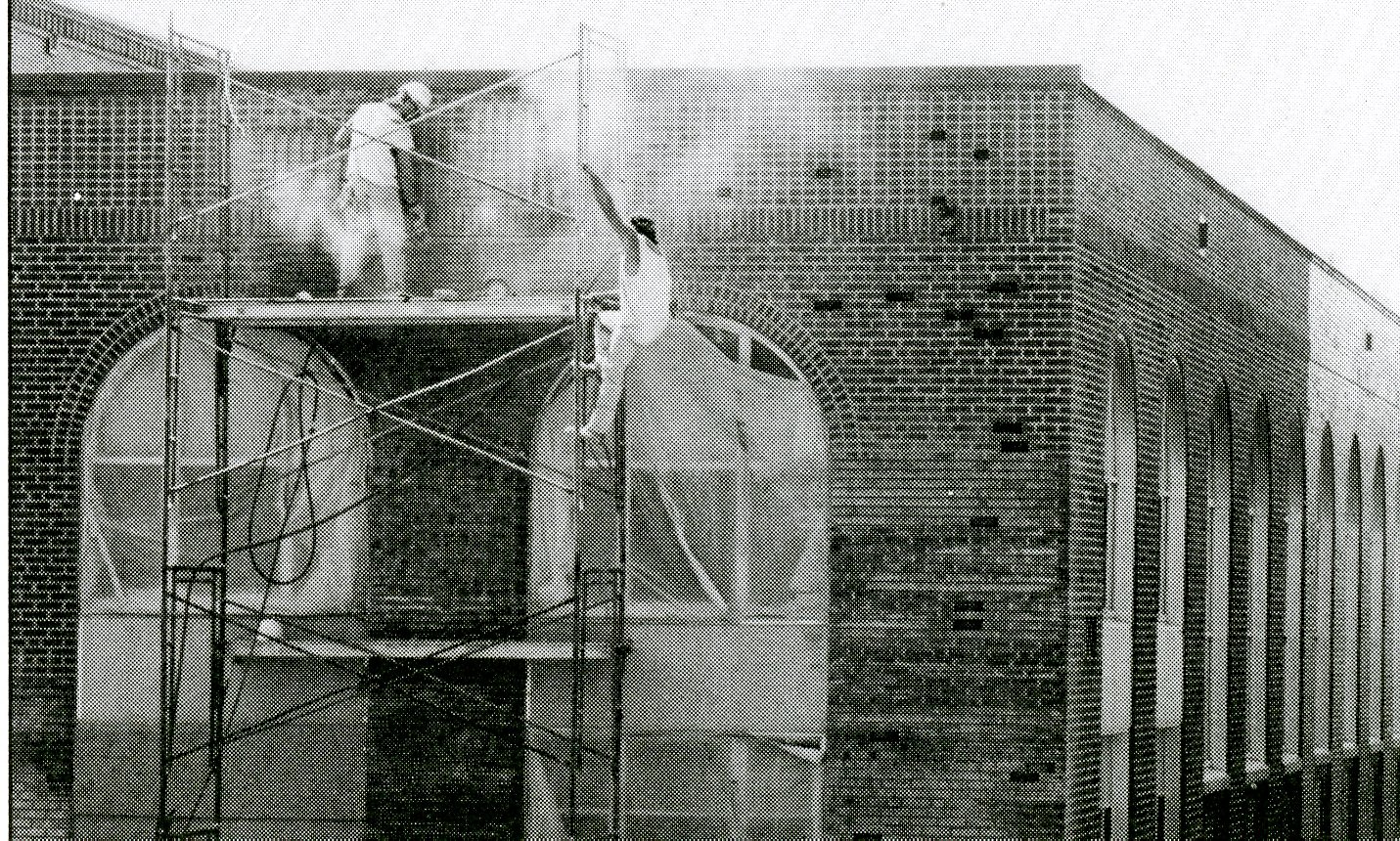
The West Gymnasium served as the home court and arena for most of the school's indoors intercollegiate athletics teams for fifty years until the UNI-Dome was built. Indeed, even after the Dome was completed, several teams, including the extraordinarily successful volleyball team, still called the West Gymnasium home. Over the years a number of sports fans, who liked to be close to the action, found that they preferred the smaller floor of the West Gymnasium to the cavernous Dome.
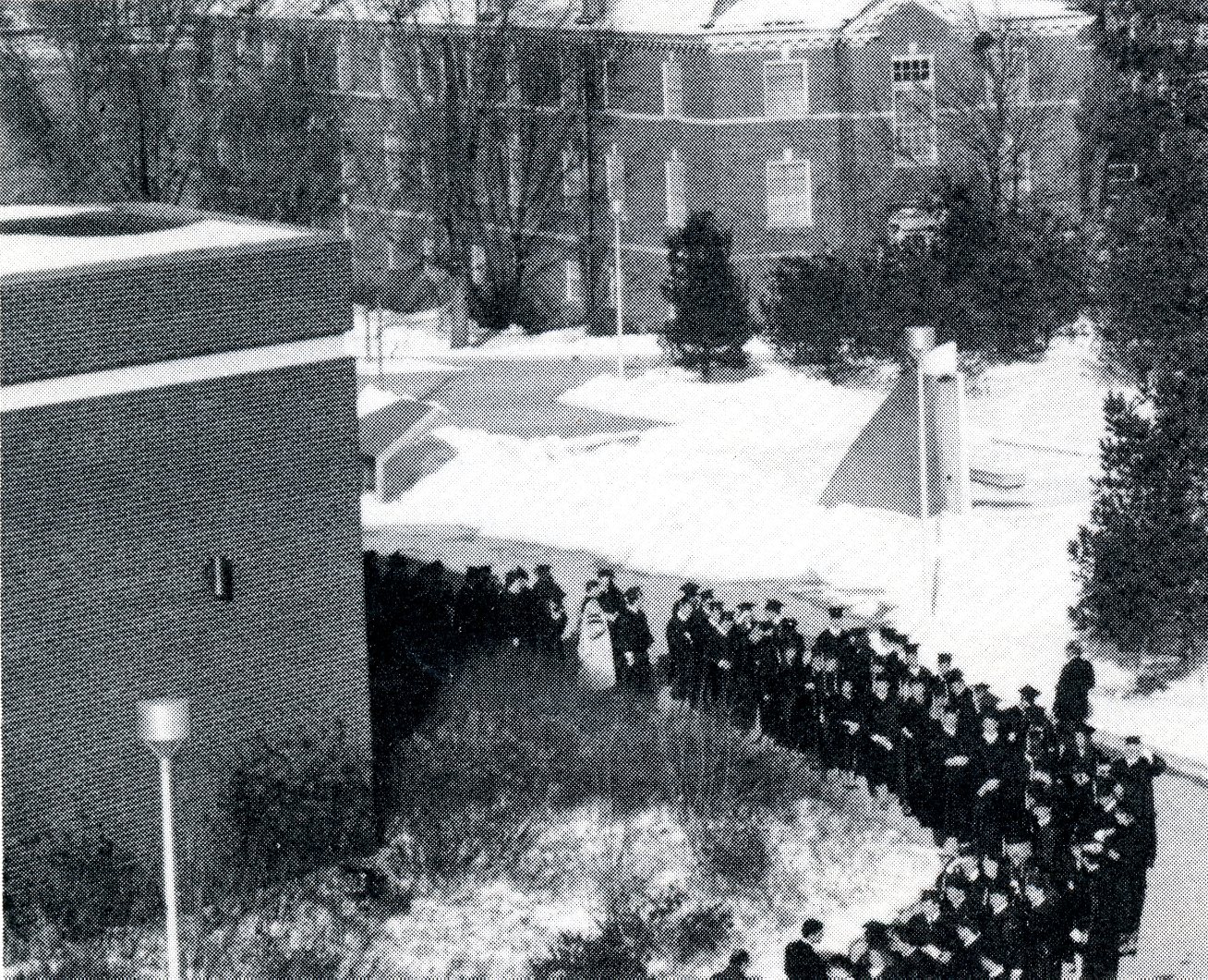
The West Gymnasium facilities also served as a home for both athletics and large assemblies, such as Commencement, during the frequent closures of the Dome due to leaks and repairs. The building even served briefly as a refuge for a small group of local citizens temporarily displaced during the Floods of 1993. The interior of the building underwent a certain amount of renovation in 1998 to prepare for the Department of Military Science to move in. A new main floor was installed in the summer of 1999.
The building was called Men's Gymnasium, to distinguish it from Women's Gymnasium (now Innovative Teaching and Technology Center), for over fifty years. It was renamed Gymnasium No. 1 in 1977, to reflect the participation of both men and women in activities held there. However, this name did not catch on well, so in October 1979, it received its current name, West Gymnasium.
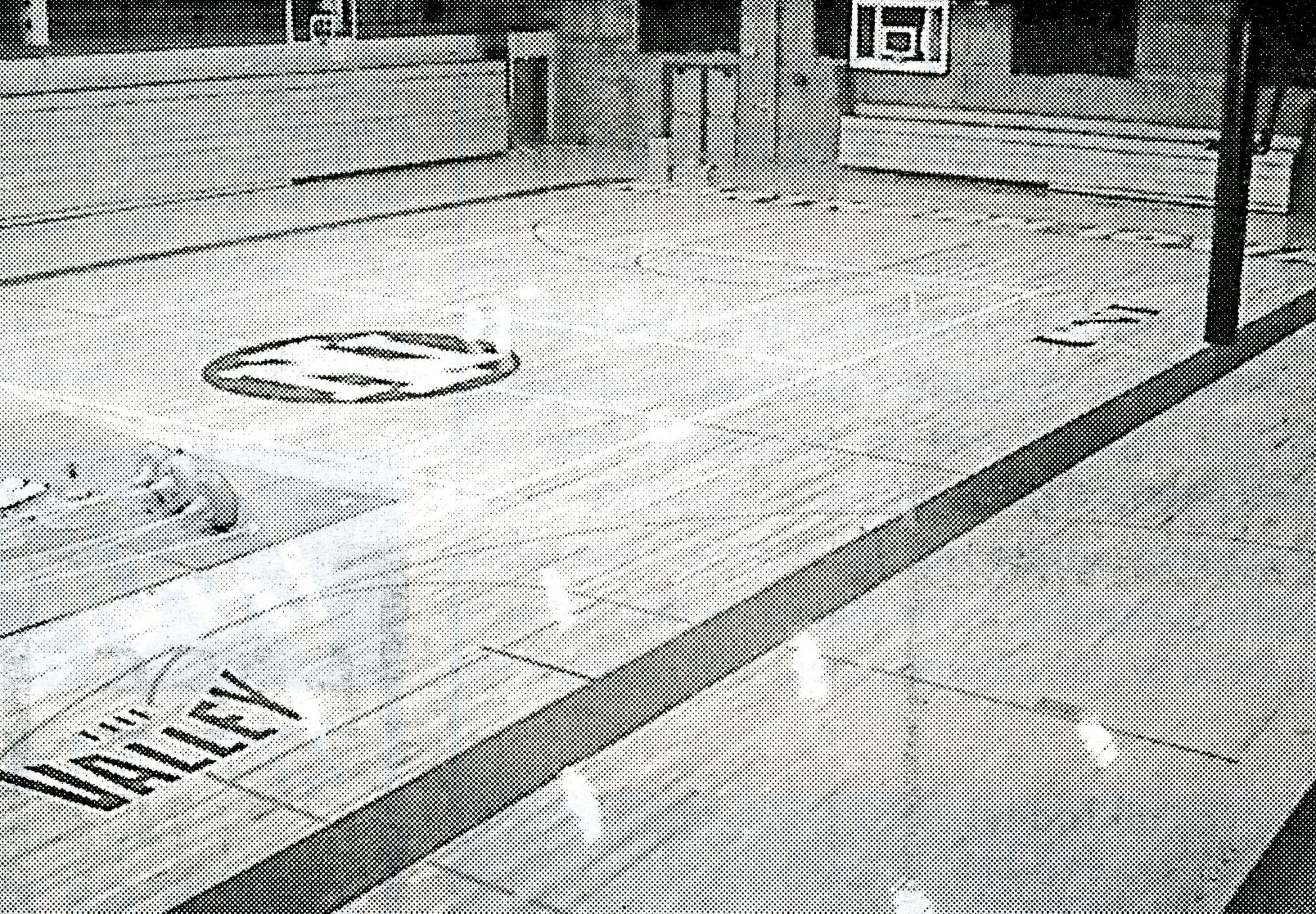
In August 2012, work was completed on Phase 1A of an overall $1 million plan to improve facilities for the UNI wrestling team. Work on Phase 1A of the project resulted in space for almost three full wrestling mats. The area was named the Bill Koll Wrestling Room in honor of former Iowa State Teachers College wrestler, head coach, and Olympian William Koll. Wrestling booster Sandy Stevens assisted in funding the work.
Phase 1B of the project will include the construction of a new locker room and team lounge on the south side of the West Gymnasium. Phases 3 and 4 will consist of the renovation of the weight room and the sports medicine area.
According to "The End of an Era" published March 19, 2024 in Inside UNI, "In 2023, architects and consultants identified unexpected structural issues in the building, making it necessary for the West Gym to be vacated. Offices for track and field, cross country and softball relocated on campus. UNI’s wrestling program was forced to choose an alternate location for its student-athletes to train and practice."
The University hosted a farewell ceremony to West Gym in May 2024, which was led by President Mark Nook and included remarks by head volleyball coach Bobbi Petersen and head wrestling coach Doug Schwab. The ceremony and other remembrances are captured in "UNI celebrates the historic legacy of the West Gym," published May 10, 2024 in Inside UNI.
In Summer 2024, the building was demolished.
Compiled by Library Assistant Susan Witthoft; edited by University Archivist Gerald L. Peterson, July 1996; substantially revised by Gerald L. Peterson, with research assistance by Student Assistants Sara Nefzger and Katherine Meyer, with scanning by Library Assistant Gail Briddle, April 2004; updated, January 28, 2015 (GP); update July 2024 by University Archivist Jaycie Vos.
